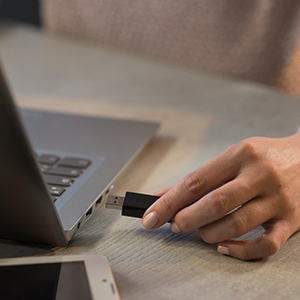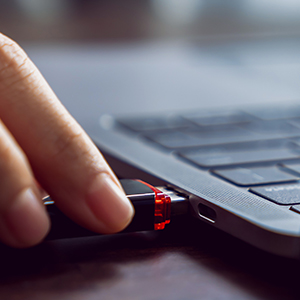
Think Before You Plug
Have you received a mysterious USB stick in the mail or found one lying around campus? You’re not alone—and you should not plug it in.
Recently, members of the UBC community have reported receiving unsolicited packages containing USB thumb drives. Thankfully, these incidents were reported to UBC Cybersecurity; however, they serve as a critical reminder: unknown USB devices can pose serious risks to your data and device.

What You Can Do to Stay Safe
- Do not plug in USB drives from unknown or untrusted sources—even if they appear to be brand new or sealed.
- Report any unexpected USB packages or suspicious devices to your local IT support or the UBC Cybersecurity team immediately.
- Use university-approved endpoint protection software that can detect and scan external devices before allowing access.
- Educate your team and peers about the risks associated with unknown USB devices, particularly when working with sensitive data.
UBC is committed to maintaining a secure digital environment for everyone. If you ever encounter a suspicious device or aren’t sure whether it’s safe to use, report it to security@ubc.ca.

